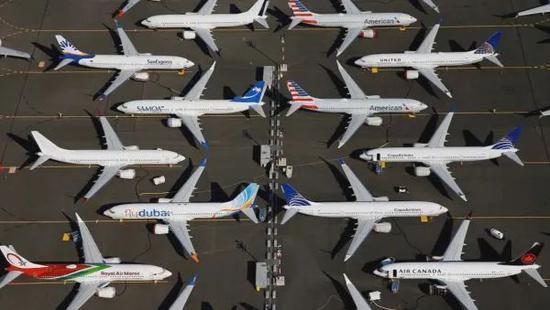The Geneva-based International Air Transport Association recently released data that the recovery of global passenger demand in October this year was still slow:
- Total passenger demand fell by 70.6% year-on-year, a mild improvement over the 72.2% decline in September. Capacity decreased by 59.9% year-on-year, and passenger capacity decreased by 21.8 percentage points to 60.2%.
- International passenger demand fell by 87.8% year-on-year, basically the same as the decline in September. Capacity decreased by 76.9% year-on-year, and passenger capacity decreased by 38.3 percentage points to 42.9%.
- Domestic passenger demand fell 40.8% year-on-year, an improvement over September. Capacity decreased by 29.7% year-on-year, and passenger capacity decreased by 13.2 percentage points to 70.4%.
Alexander de Junjac, co-chairman and CEO of international aviation, said that due to the impact of the COVID-19 epidemic, governments continue to take quarantine measures. Although the economic recovery in some areas is faster than in other areas, the overall situation of international travel is not optimistic.
Juniak also said that the latest earnings report of the International Air Transport Association shows that airlines will lose $118.5 billion this year, that is, 66 dollars per passenger carried. Assuming the border reopens in mid-2021, the airline industry will lose $38.7 billion next year.
Governments need to take immediate action, because although the $143 billion of government assistance has enabled the industry to survive, more funds are needed to support the industry until next summer.
According to the International Aviation Association, under normal circumstances, the aviation industry creates more than 87 million jobs and a $3.5 trillion GDP contribution worldwide.
However, the pandemic has led to a drop in demand for air travel, putting 46 million jobs and $1.8 trillion in economic activity supported by the airline industry at serious risk.
The agency also pointed out that the possibility of restarting new travel through virus testing will be a turning point, not only creating opportunities for governments to stimulate demand, but also benefit from the chain reaction of aviation that generates more economic activities.
It is reported that the International Air Transport Association has a total of 290 member airlines around the world, accounting for 82% of the global passenger volume for scheduled international flights.



